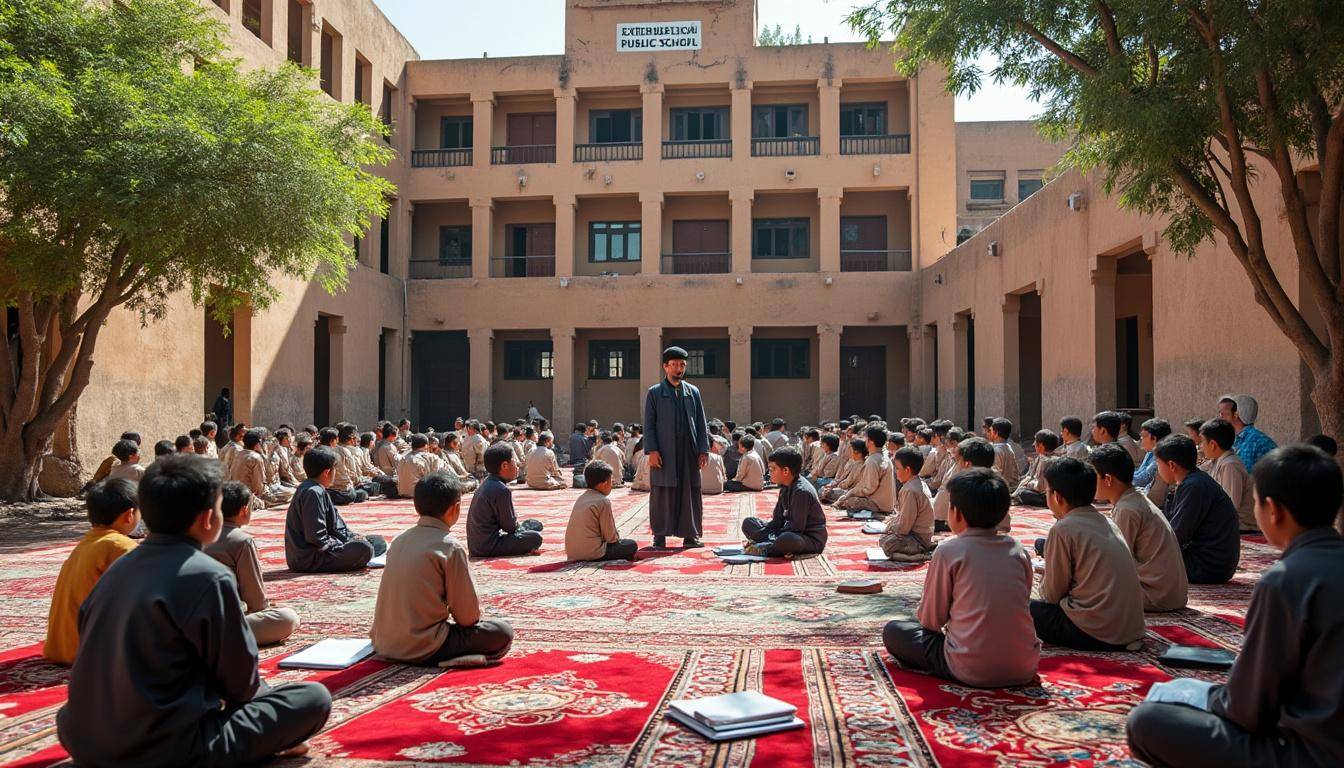As Afghanistan’s public education system continues to deteriorate under financial and political pressures, madrassas — religious schools traditionally focused on Islamic studies — are witnessing an unprecedented surge in enrollment. This rapid shift reflects the nation’s search for alternative educational avenues amidst deepening challenges, particularly impacting youth education and access to learning opportunities across the country.
Rising Madrassa Enrollment Amid Afghanistan’s Crumbling Public Education System
In recent years, Afghanistan’s public education infrastructure has faced severe setbacks due to limited funding, a critical shortage of qualified teachers, and the lasting effects of ongoing conflicts. This decline has spurred many Afghan families to seek alternative avenues for their children’s education, turning to madrassas for both religious and secular instruction.
- Madrassas traditionally focus on the Quran, Islamic law, jurisprudence, and Arabic language.
- Increasingly, these religious schools now offer subjects such as English and mathematics to compensate for gaps in public education.
- One madrassa in Kabul saw enrollment rise sharply — from 35 to over 160 students in just five years.
This growing reliance on madrassas illustrates how Afghanistan’s youth education landscape is reshaping, shaped by necessity and limited alternatives.
Challenges and Opportunities for Afghan Girls’ Access to Education in Madrassas
Since the Taliban’s resurgence and the imposition of strict rules prohibiting girls from attending secondary schools and universities, madrassas have emerged as some of the few remaining spaces where Afghan girls can pursue education. Despite these openings, girls still encounter substantial obstacles.
- Secondary education for girls remains officially banned, restricting their progression beyond early grades.
- Some government-run and private madrassas accept girls, offering instruction that blends religious and limited secular curricula.
- The level and quality of education available often fall short of national and international academic standards.
While madrassas provide critical access to education for many girls, the restrictions and limited curricula raise questions about the broader impact on gender equity and lifelong learning opportunities.
Religious Schools Filling the Educational Void in Afghanistan
In the context of a fractured public education system, madrassas in Afghanistan serve as vital institutions preserving both cultural heritage and providing educational continuity. Their growing presence is emblematic of the country’s complex socio-political climate and educational needs.
- Madrassas play a dual role: fostering religious education and increasingly supplementing secular knowledge.
- Their rapid expansion reflects both demand for education and limited alternatives for many Afghan families.
- Nevertheless, concerns persist regarding the potential for madrassas to emphasize religious indoctrination over balanced, comprehensive education.
This duality presents unique challenges for Afghanistan’s educational future as stakeholders balance cultural preservation with the need for well-rounded youth education that equips students for diverse opportunities.
Ensuring Broader Access to Quality Education Despite Systemic Failures
Addressing Afghanistan’s educational crisis involves recognizing the essential role madrassas currently play while advocating for expansive reforms and support to broaden access and improve quality. In 2025, key priorities include:
- Enhancing the curriculum in madrassas to meet recognized academic standards alongside religious teachings.
- Increasing resources and training for teachers within both public schools and madrassas.
- Promoting inclusivity, especially for girls and marginalized groups.
- Leveraging community engagement to support education as a foundation for social stability and growth.
- Collaborating internationally to provide educational aid aligned with Afghan cultural contexts.
These steps aim to transform Afghanistan’s education landscape, ensuring that youth have access not only to cultural heritage but also to the skills necessary for their future success.


